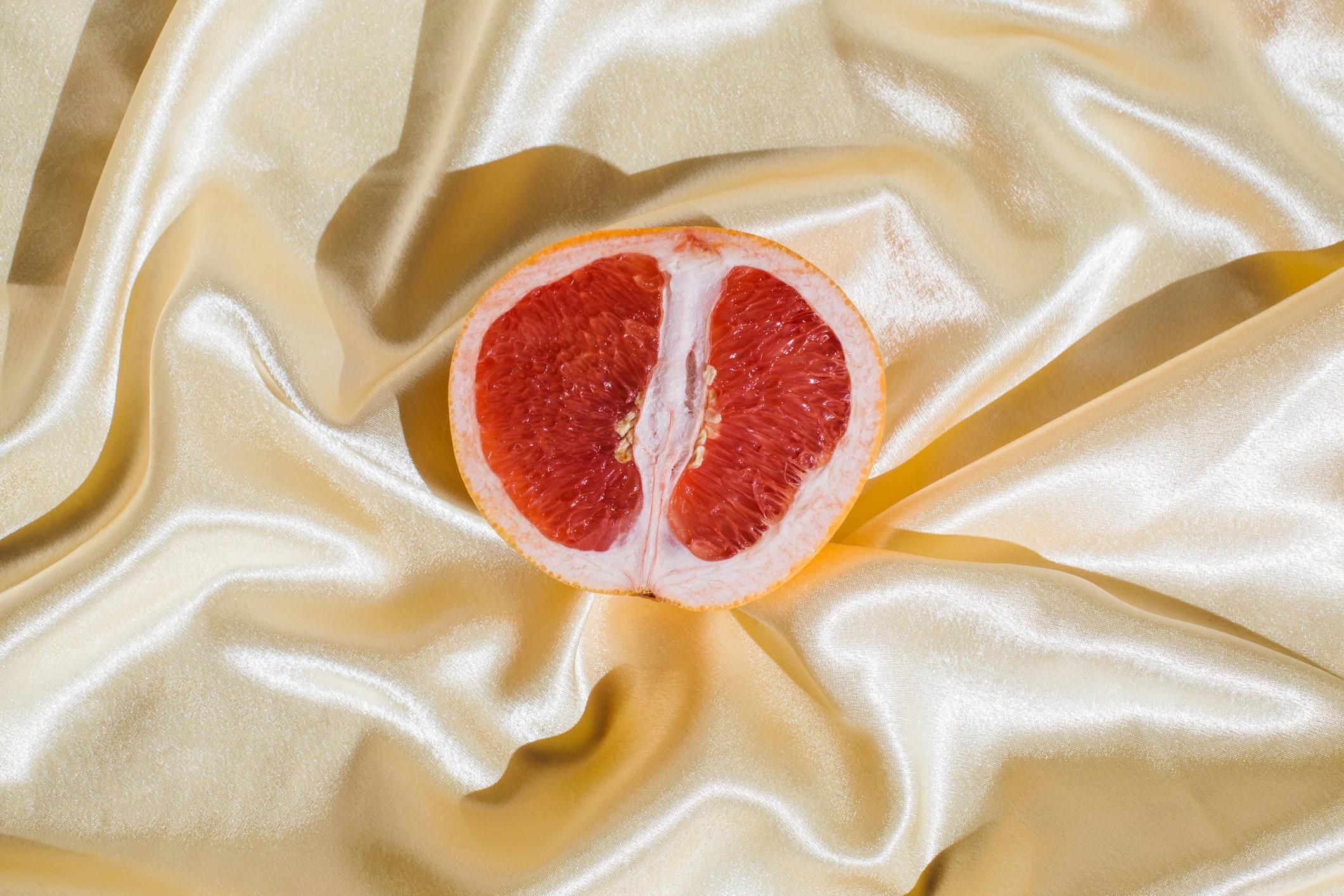Women's Health

Ad
All the women of the land want to claim they have that ill na na, that WAP and as you can see by the timeless colloquialisms this is nothing new. The reality is that not every woman has it and I’m not saying that to shame, I’m actually saying that to normalize and minimize the shame that is seemingly around the subject matter because there are physical and mental reasons why vaginal dryness might occur. This is not me saying that you should settle for “it is what it is” but quite the opposite. Instead, know that you’re not alone and that in some cases there is work that can be done, physicians and sex therapists who might be able to help you learn ways to increase vaginal “wetness” or lubrication, or the cause of vaginal dystrophy or dryness as it can be several factors, from stress to menopause and SO *claps* MUCH *claps* MORE *claps*.
One thing that has piqued my cat-like curiosity is the girlies of TikTok saying that slippery elm bark, a plant that works as a demulcent, was the secret ingredient to getting macaroni-in-a-pot gushy. In fact, slippery elm bark has caused an increase in sales according to John Frigo, trainer, registered dietitian, and product specialist with Best Price Nutrition. He also adds that they can typically pinpoint TikTok as the culprit when these sorts of things begin to trend yet this time it happens to hold some truth. Frigo's exact words were, “Slippery elm bark seems to increase the mucilage tissues in our bodies which includes vaginal tissue. While no studies have been done on this anecdotally there seems to be a consensus that after about a week of use women begin to experience a noticeable difference.”
I spoke with two other experts who believe it is likely that slippery elm bark could work to increase wetness based on the product's mechanism. They also agree that it wouldn’t be their first line of defense when it comes to increasing your “sauce” as Rihanna once referred to it as. Making this the perfect segue because we want to know all the things anyways!
Before deferring to slippery elm as your vaginal wetness hack, the two experts have some suggestions to try in order to increase vaginal lubrication.
1. Balance Your Vaginal pH
Among other factors that can create vaginal dryness, your pH balance is one of them. Your pH balance plays an important role in the overall health of your vagina. For your vaginal pH to be considered balanced, it needs to fall between the 3.8 to 4.5 range. Having a pH balance that is too high (over 4.5) is the perfect breeding ground for unhealthy bacteria to flourish and increases your risk for infections like BV. In order to correct an unbalanced pH, you can implement habits like taking probiotics, staying hydrated, and improving your diet.
Dr. Erica Steele, board-certified naturopathic doctor and certified functional medicine practitioner explains, “The digestive system has a symbiotic relationship with the female reproductive system so cleaning up the digestive system is very important to create a healthy and balanced vaginal canal. Lowering fat in the diet, increasing protein as well as improving the microbiology of the digestive system, specifically, the liver is key to ensuring a healthy vaginal canal.”
2. Vaginal Moisturizers
Vaginal moisturizers can be a very effective way to treat vaginal dryness. The over-the-counter remedy can be found in both gel and suppository form and use hyaluronic acid to hydrate vaginal cells and therefore moisturize the vagina. This differs from lubricants because vaginal moisturizers can alter vaginal tissues whereas lubricants just add a lubricated barrier to reduce tears that may stem from the friction created by intercourse. Furthermore, vaginal moisturizers are most effective when used regularly as most products suggest twice-a-week application. And like most skin care products, the more consistently you use it, the better the results. If you are looking for vaginal moisturizers to try, Healthline provided a great list of the best vaginal moisturizers of 2022 and you can find that here.
3. Vaginal DHEA
Another non-hormonal option that can be used to treat vaginal atrophy is vaginal dehydroepiandrosterone (DHEA). This treatment is most often used by postmenopausal women to improve sexual function and increase vaginal wetness that naturally reduces as women get older. Kim Vopni, who is known as the Vagina Coach, says, "Vaginal DHEA is a non-hormonal cream that can help with the conversion of estrogen and testosterone. Estrogen is a big part of a healthy vagina and as we age and produce less estrogen, the walls of the vagina thin and become drier." Vopni recommends Julva Vulva Rejuvenating Cream as a personal favorite.
4. Do Pelvic Floor Exercises
Giphywork out yoga GIFIn addition to the other options listed as ways to address dryness, consider working out! No, not in the gym. Vopni suggests doing pelvic floor exercises. She adds, "Kegels are a commonly known form of pelvic floor exercise that, when done correctly, can help increase blood flow and circulation to the vagina and can help with lubrication. An at-home device called the vFit by Joylux has also been shown to increase lubrication, among other benefits.”
While it is a relief to know that TikTokers weren’t pulling slippery elm out of their bag of tricks and deception (since it is hit or miss), it’s wonderful to know that there are other approaches that can be taken before purchasing slippery elm. And generally speaking, options!
Let’s make things inbox official! Sign up for the xoNecole newsletter for daily love, wellness, career, and exclusive content delivered straight to your inbox.
Featured image by Getty Images
From Your Site Articles
Related Articles Around the Web
ALSO ON XONECOLE


